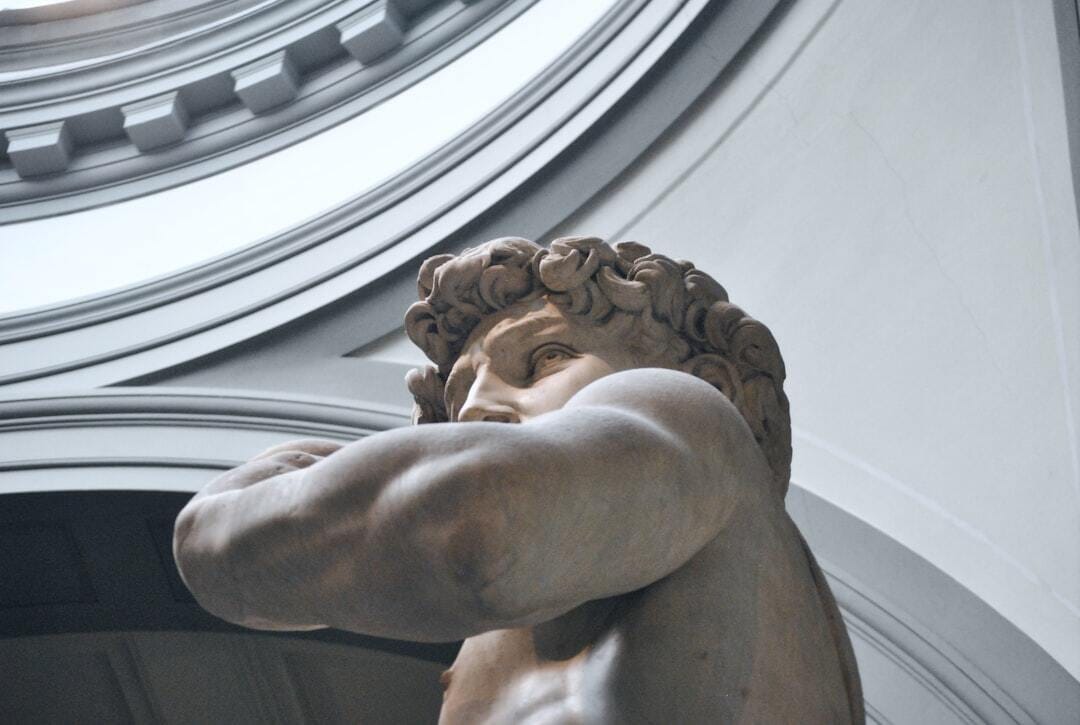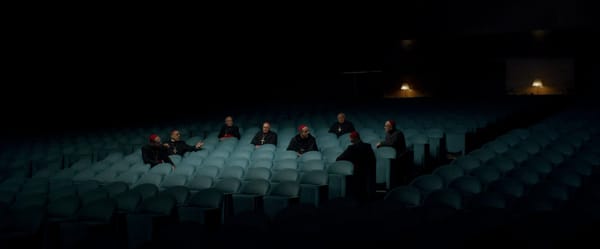Making art of ourselves
Maybe the muses are inside of us

If you walk into an art museum these days, you’ll find fewer people looking at the art and more people taking photos of themselves looking at the art.
Earlier this year, I visited the Victoria & Albert Museum in London for the first time. It’s an overwhelmingly huge building jam-packed with sculptures, paintings, and artefacts. But despite the number of cultural and historical pieces to immerse oneself in, it was unsurprising to find more than a few people turning the hallways, staircases, and galleries into their personal photo studios.
Of course, there are plenty of reasons behind wanting to capture the beauty of a place, but I have a sense it’s turned into more than just trying to preserve a memory. It’s become about using a site to serve the aesthetic aspirations of our cyber-selves.
I’m sure we all know people who decide how they’ll spend their time based on whether or not the experience will be Instagram-worthy. It’s easy to get frustrated with that kind of approach to life, especially when you’re just trying to look at Van Gogh’s sunflowers while shimmying around the queue of hopeful influencers waiting for their photo op. But if we forget (or, at the very least, try to forget) the downsides of our content-driven society, we could begin to understand what it says about the direction in which the cultural world is heading.

The word “museum” comes from the Ancient Greek word “mouseion”, meaning a shrine to the Muses or “Seat of the Muses”. At that time, the museum was a place of philosophical contemplation and, for some, that still is the case. Amongst the crowds of camera lenses are museum-goers reading every label with acute attention and even artists with sketchbooks on their laps creating new interpretations of centuries-old art.
But more common in today’s museums is the desire to become Muses ourselves. To be not only on the receiving end of divine inspiration but an embodiment of it. We make art of ourselves to be framed and hung in our little virtual squares, carefully curating the archive of our lives. Although the value of traditional museums is unlikely to be diminishing anytime soon, artwork has begun finding a home for itself beyond physical walls. Perhaps becoming an extension of the museum itself.
This doesn’t, however, make the current obsession with content any less disturbing. The question is how we can go about finding a balance between the moments made for hanging in our virtual museums and those that make us forget we have one.
If you’re finding any value, joy, or comfort from The Kulturalist, consider supporting my work at the button below. Every contribution helps to keep the words coming. Thank you for being here!
If you enjoyed this post, you might like this one about private lives in the digital age:







